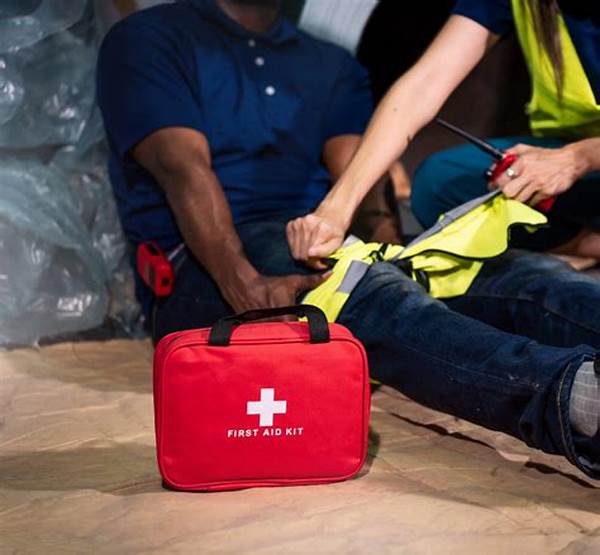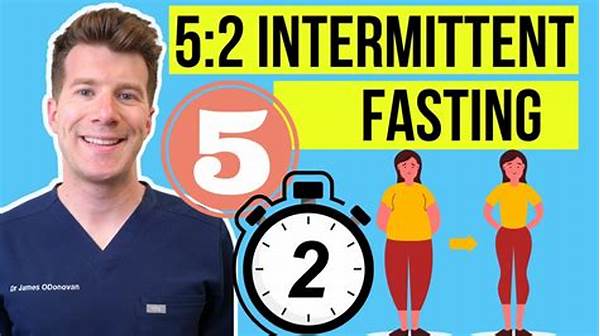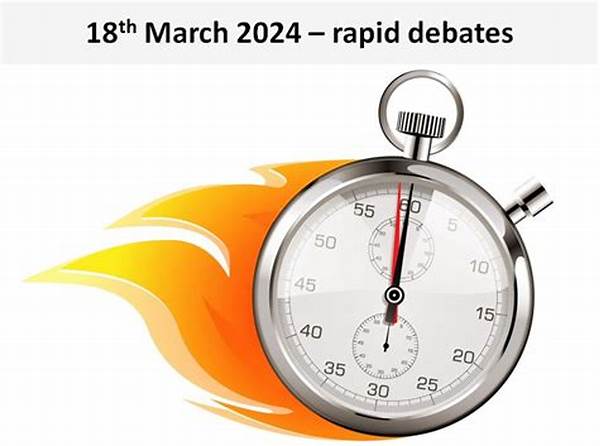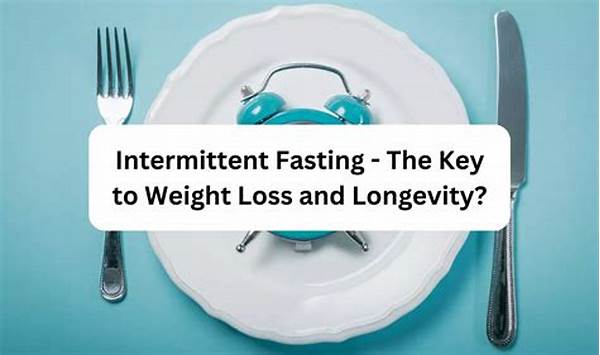Fasting is not merely a spiritual practice, but also a discipline that demands physical and mental preparation. Embarking on your first fast can be exciting, yet overwhelming. Striking the perfect balance between enthusiasm and preparedness is vital for an enriching experience. You may have heard fascinating accounts of energy boosts or spiritual enlightenment achieved through fasting. But, to truly reap these benefits, you need to have a well-crafted plan — a safety checklist that ensures your well-being remains a priority. This guide is aimed to be your fasting compass, enabling you to navigate your first fast safely, and effectively.
Read More : Indonesia Calls Intermittent Fasting Puasa Selang Here’s Why
Before taking that first step into the realm of fasting, understanding its potential impacts on your body is fundamental. Many newcomers to fasting are often prompted by alluring testimonials of improved health and mental clarity. Yet, as with any health-related commitment, the initial phase is crucial. “Preparing for your first fast safety checklist” is not just a mere set of instructions; it’s a gateway to a wholesome fasting journey. It’s here to guide you through maintaining hydration, balancing nutrient intake, and preparing mentally — ensuring you’re equipped for any challenges you might encounter.
Imagine entering into your fasting period with confidence, not dread. With a meticulously prepared safety checklist, you’re transitioning into this new endeavor with an educated perspective. The checklist serves as a motivational partner that whispers, “You got this!” Balancing practicality with aspiration, it highlights the need for a holistic approach — so that your experience is as fulfilling as it is educational. Let us now delve into the specific elements of preparation that’ll ensure your first fasting experience is both safe and rewarding.
Key Aspects of Preparing for Your First Fast
Turning our focus to the practical steps involved in “preparing for your first fast safety checklist,” it becomes apparent how these directives can transform potential fasting anxiety into confident anticipation.
The Importance of a Robust Preparation
Embarking on any new journey requires thorough preparation, akin to a traveler plotting a course before setting sail. “Preparing for your first fast safety checklist” symbolizes the anchor that keeps you grounded. Before you begin your fast, whether it’s intermittent or extended, research is critical. Gathering information from credible sources ensures that you are aware of what your body might experience. Conduct interviews with seasoned individuals who have successfully embarked on this journey. Their experiences, challenges, and triumphs might offer insights that textbooks simply can’t.
In the realm of fasting, the psychological aspect is often overshadowed by physical demands. Yet, it is proven through research that mental readiness significantly enhances the overall experience. A compelling analysis of fasting novices shows that those who approached fasting with both educational preparation and mental fortitude reported a higher level of satisfaction and fewer adverse effects. Thus, integrating psychological readiness into your checklist is not an option, but a necessity.
Creating Your Personalized Checklist
Customization is key in “preparing for your first fast safety checklist.” Recognize that each individual has unique physiological needs, influenced by factors like metabolism, lifestyle, and health conditions. Begin by consulting healthcare professionals to ascertain any medical considerations that may impact your fasting. Then, incorporate strategic steps focusing on hydration, nutrient intake, and gradual easing into fasting routines.
Understanding the importance of gradual adaptation cannot be overstated. Studies demonstrate that abruptly transitioning into fasting without easing the body can lead to undesirable side effects such as fatigue or dizziness. Therefore, initiate your fast with reduced meal sizes and increased water intake a few days before the actual fast begins. By doing so, you groom your body for the upcoming challenge, mitigating potential health risks and enhancing overall safety.
Ensuring a Supportive Environment
An often overlooked but essential component of “preparing for your first fast safety checklist” is fostering an environment that encourages success. Surround yourself with supportive individuals who understand your fasting goals and can offer encouragement when needed. Sharing this journey with someone else can transform a solitary activity into a shared experience offering mutual support and accountability.
Equally important is setting up a physical environment conducive to fasting. This includes planning low-energy activities and ensuring access to a comfortable resting space should you need downtime. Having this level of preparation helps maintain a positive experience throughout your fasting period.
Identifying and Monitoring Your Limits
Awareness and acknowledgment of your personal limits is critical when delving deep into “preparing for your first fast safety checklist.” Fasting, though beneficial for many, may pose challenges for some. It’s vital to listen to your body signals — understanding when it’s time to break the fast or seek medical advice. Monitoring signs of dehydration, fatigue, and faintness should be part of your checklist from day one.
The narrative surrounding fasting might entice many with stories of self-discovery and health gains, yet pragmatic approaches ensure safety. By aligning your fasting practice within a framework that prioritizes health, you stand to experience not only the physical benefits but also harness the mental clarity and spiritual gains that many report.
Reflecting and Adjusting After Your Fast
After successfully completing your first fast, reflection is an invaluable step. Analyzing your checklist, considering what worked and what didn’t, allows for personal adjustments and better preparedness for future fasts. It’s vital to transition out of the fast by gradually reintroducing foods, thereby mitigating stress on the digestive system. Keep a journal to track changes, progress, and reflections to fine-tune your preparation strategy for subsequent fasts.
Summary Points for Your First Fast Safety Checklist
Eight Essentials for Preparing for Your First Fast
Fostering a Safe Fasting Journey: Tips and Tricks
Envision your first fasting experience as a well-orchestrated event, where each segment contributes to the union of health and spiritual enlightenment. Through “preparing for your first fast safety checklist,” you’re not just adding another skill set to your repository, but carving a pathway to renew your physical and mental landscape.














